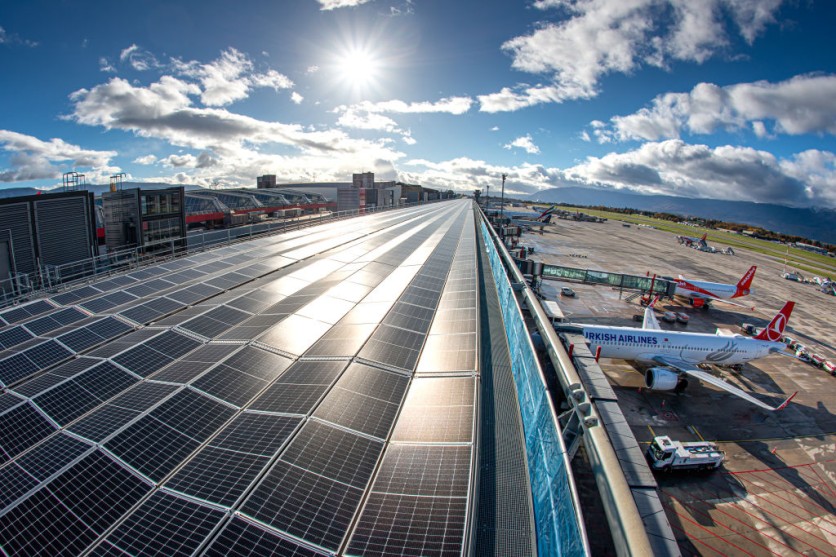MIT created a solar cell that is unlike any other. It is made of lightweight fabric solar cells that can swiftly convert any surface into an energy source, according to a report by the World Economic Forum (WEF).

Resilient, Flexible Solar Cells
These resilient, flexible solar cells are attached to a sturdy, lightweight fabric and are much thinner than human hair, making them simple to mount on a permanent surface.
They are formed of semiconducting inks utilizing printing techniques that can be scaled up in the future to large-area manufacturing and generate 18 times more power per kilogram than conventional solar panels, as per WEF's report.
These solar cells may be laminated onto various surfaces because of their light and thin quality.
The ONE Lab team first developed solar cells six years ago using a novel class of thin-film materials that were so light they could rest on top of a soap bubble. The team employed nanomaterials from printable electronic inks to create solar cells.
In the MIT.nano clean room, they used a slot-die coater to distribute layers of the electronic materials onto a 3-micron thick releasable substrate to coat the solar cell structure.
Dyneema
The printed module, roughly 15 microns thick, may then be peeled away from the plastic substrate to create an ultralight solar device.
However, such tiny, freestanding solar modules are difficult to deploy since they are easily torn.
The team eventually discovered the perfect substance: Dyneema, a composite fabric with a weight per square meter of just 13 grams. According to WEF, the fibers for this fabric are so powerful that they were used as ropes to raise the sunken ship Costa Concordia from the Mediterranean Sea.
They attached the solar modules to sheets of this fabric by putting a thin coating of UV-curable glue on top of it. This results in a very thin and durable mechanical solar structure.
The device could produce 730 watts of power per kilogram when it was freestanding and roughly 370 watts per kilogram when it was mounted on the high-strength Dyneema fabric.
This is nearly 18 times more power per kilogram than traditional solar cells, according to WEF.
Additionally, they put their products through a durability test and discovered that even after rolling and unrolling a solar fabric panel around 500 times, the cells still maintained more than 90% of their original power-generating capacities.
However, the cells' performance could be negatively impacted by interactions between the carbon-based organic material used to create them and oxygen and moisture in the surrounding environment.
Hence, they would still require an additional substance to shield them from certain elements even though they are significantly lighter than conventional cells.
Eni S.p.A., the US National Science Foundation, the Canadian Natural Sciences and Engineering Research Council, and the MIT Energy Initiative have all contributed to the funding of this study.

![Apple Watch Series 10 [GPS 42mm]](https://d.techtimes.com/en/full/453899/apple-watch-series-10-gps-42mm.jpg?w=184&h=103&f=9fb3c2ea2db928c663d1d2eadbcb3e52)



